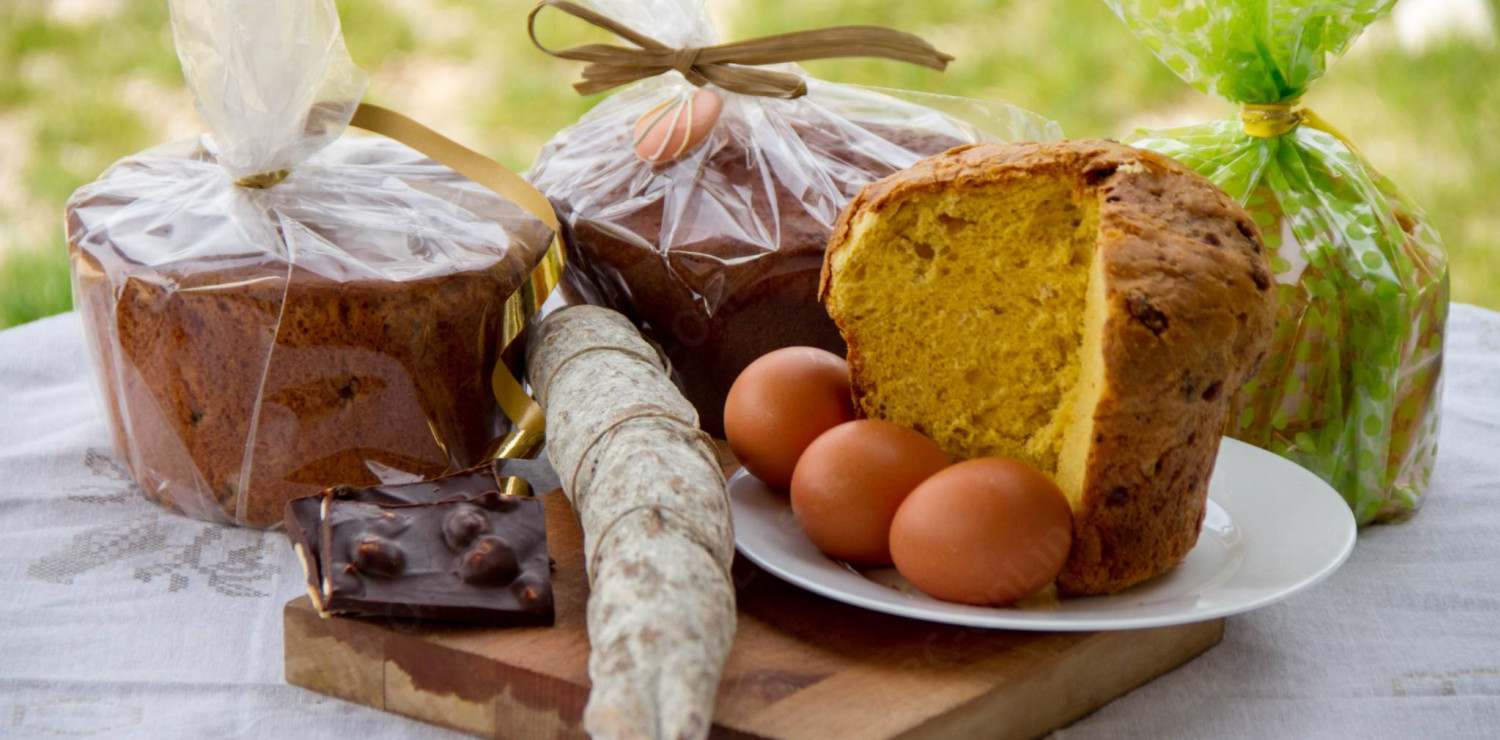Traditional Easter savory pies from Tuscany
All-Tuscan recipes to try out for the Easter festivities
"Christmas with your folks... Easter with whoever you want", taking this proverb into account, picnics outdoors are typical of the Easter period. It is precisely for this reason that Torta Pasqualina (having to be eaten cold) is one of the most popular dishes and a must-have!
Let's see together all the Tuscan versions of this traditional cake! And if your mouth is already watering, you can find the recipe for Torta Pasqualina here, and the one for Torta Ciaccia here.
Two traditional Tuscan cakes: the Pasqualina and the "CIaccia" with cheese
Although it is originally from Liguria, Torta Pasqualina is also part of the Tuscan tradition. It is a savory cake prepared for Easter festivities (as the name suggests) and it is mainly made of spinach, eggs and cheese. In particular, in Lunigiana has been maintained the original tradition which wants the division of the dough in 33 loaves. These symbolize the age of Christ, but they are also fundamental in order to guarantee an effect very similar to that of puff pastry. Emblematic is also the "Ciaccia" cake, also called Cheese Cake. High, soft and fragrant... it is a salty bread leavened with flour, eggs, pecorino cheese and parmesan cheese. With its typical panettone shape, tradition dictates that it is eaten on Easter Sunday for breakfast. This cheese cake is one of the most particular dishes of Tuscan history. It was generally made between Holy Thursday and Holy Friday and was strongly linked to religious rites.
 Torta pasqualina
Torta pasqualinaLunigiana
We previously mentioned this territory for its connection with the tradition of Torta Pasqualina. However, we should not forget another savory cake typical of this period and which fully represents this area: Torta d'erbi (herb cake). This cake comes from the peasant culinary tradition and it is made of herbs of the field such as chicory, borage, watercress, valerian, pimpinella, etc.. In fact, it is called in this way, because in the local dialect edible herbs are declined in the masculine form. According to an ancient belief of the area, it was necessary to keep the Torta d'erbi upside down on the cutting board as a symbol of good luck.
 Herb cake typical of Lunigiana
Herb cake typical of LunigianaProvince of Massa-Carrara and surroundings
Belonging to this territory is the Torta di riso carrarina. It is a homemade cake, not very well known, made of rice and a cream rich in eggs. The origin is attributed to this part of the Tuscan territory, because because of the hard work in the quarries they needed substantial and caloric food. The secret to its success lies in the delicacy of the preparation and cooking; the eggs must be mixed by hand without whipping them while the oven must allow for slow and uniform cooking.
 Carrara rice cake
Carrara rice cakeProvince of Lucca
Also made with rice is the Easter cake typical of Versilia. However, differently from the previous one, this one is very salty and spicy. Just because of its very accentuated taste, it is called "Putta" which means in dialect "spicy, peppery". This cake must be tasted cold as well and, generally, it is accompanied by olives, boiled eggs, cold cuts and cheese.
A variant of Torta Putta is the typical one of Garfagnana, made with spelt (instead of rice). Both the latter and the one from Versilia are dishes of peasant origin (the ingredients used were easily available even for the most humble families), enriched with black pepper, cinnamon, cloves and nutmeg.
 Putta lucchese cake
Putta lucchese cake








